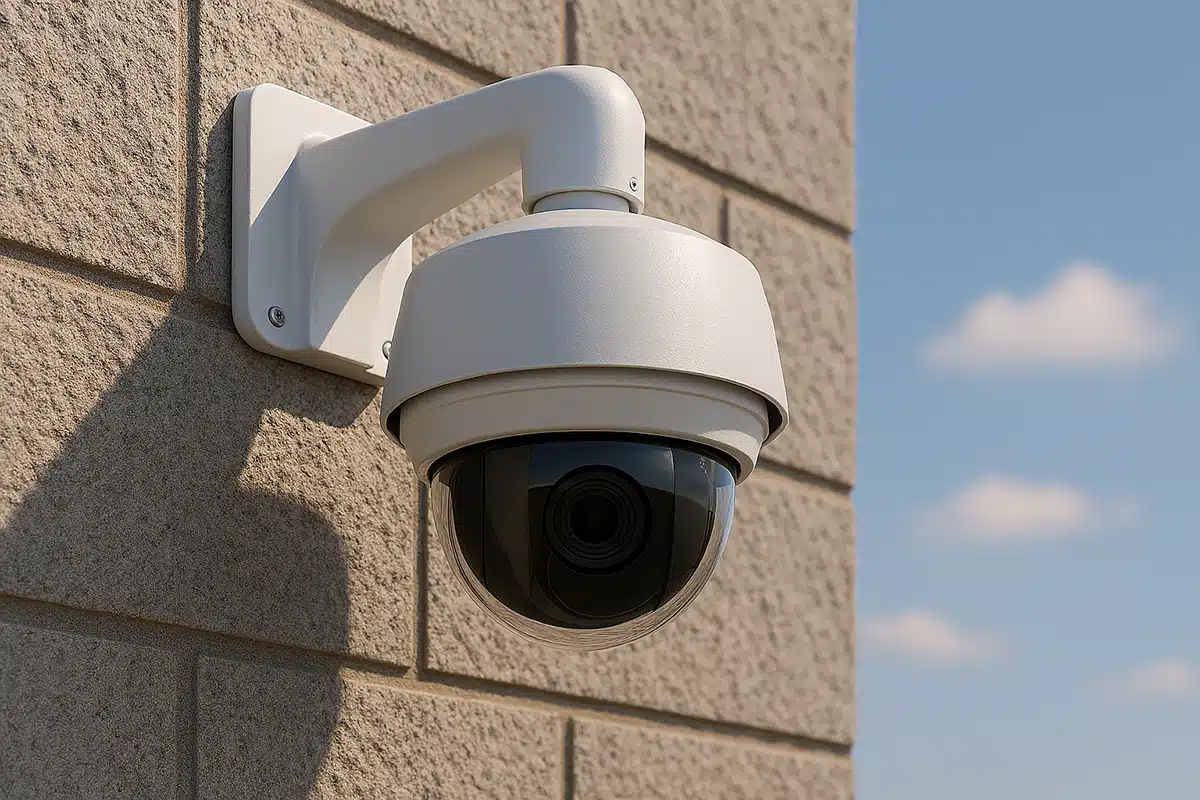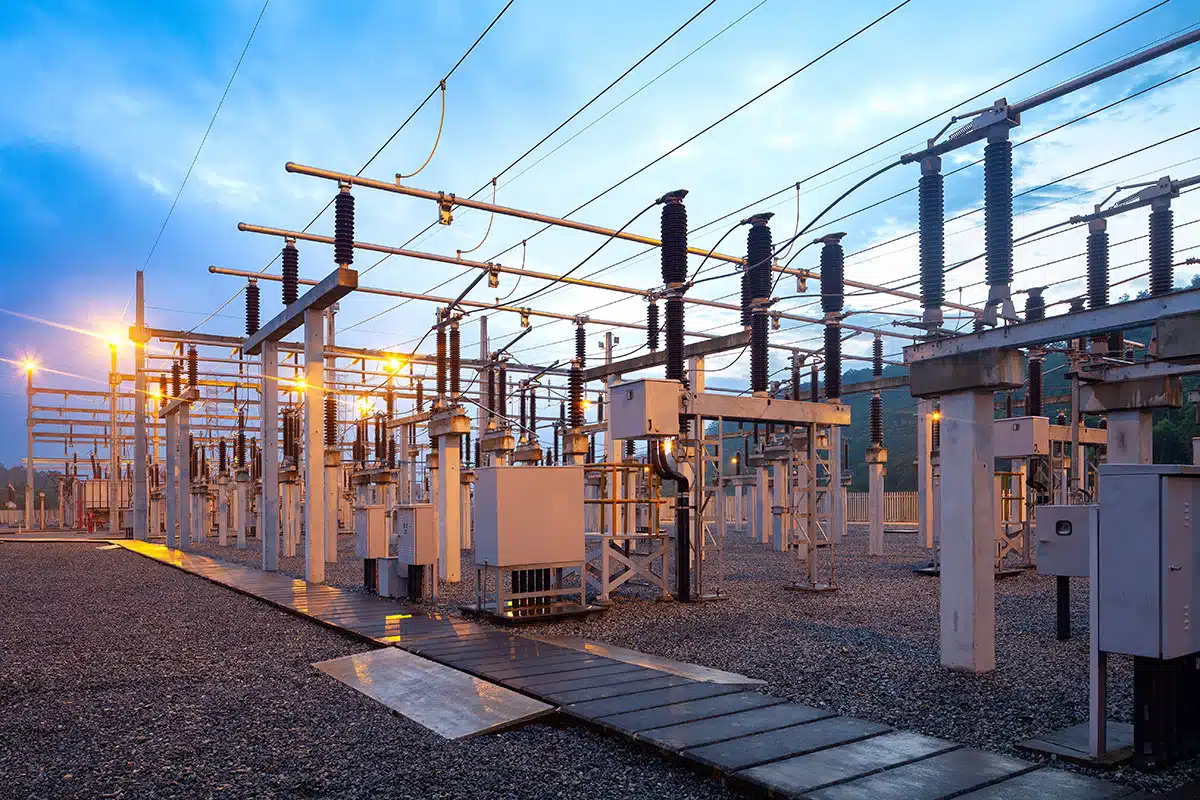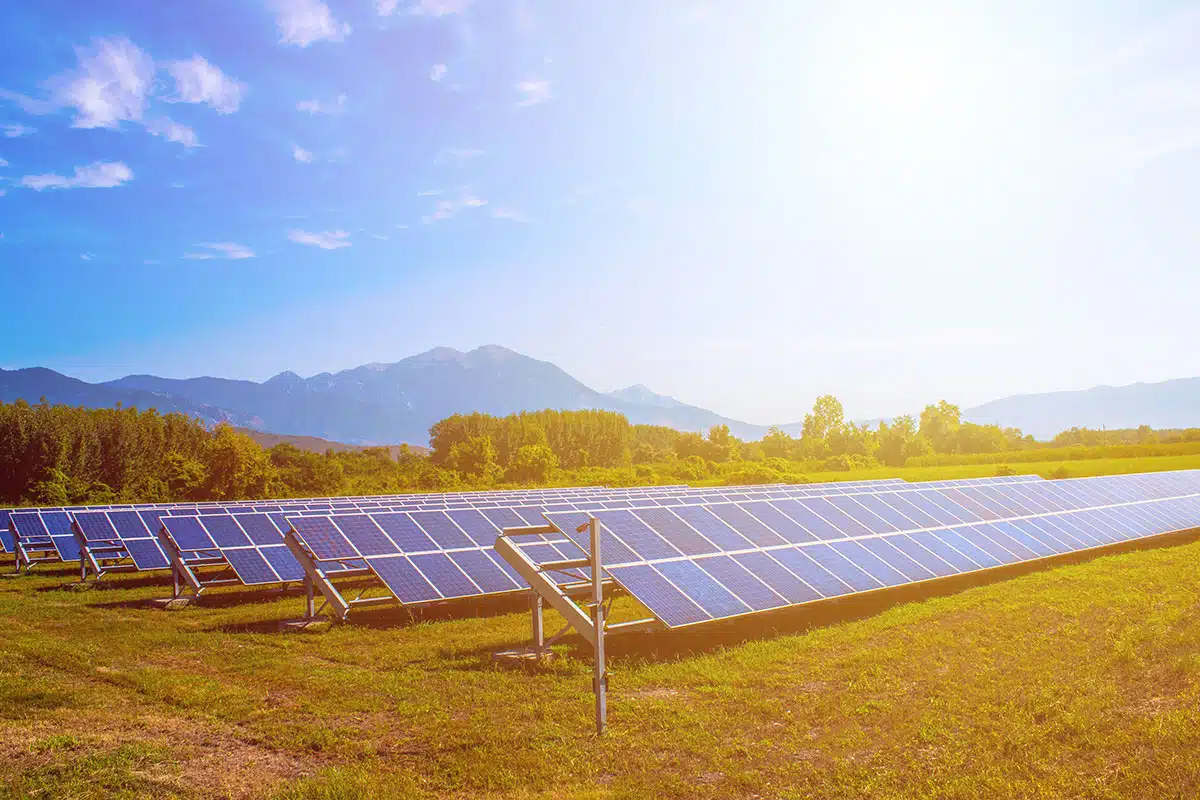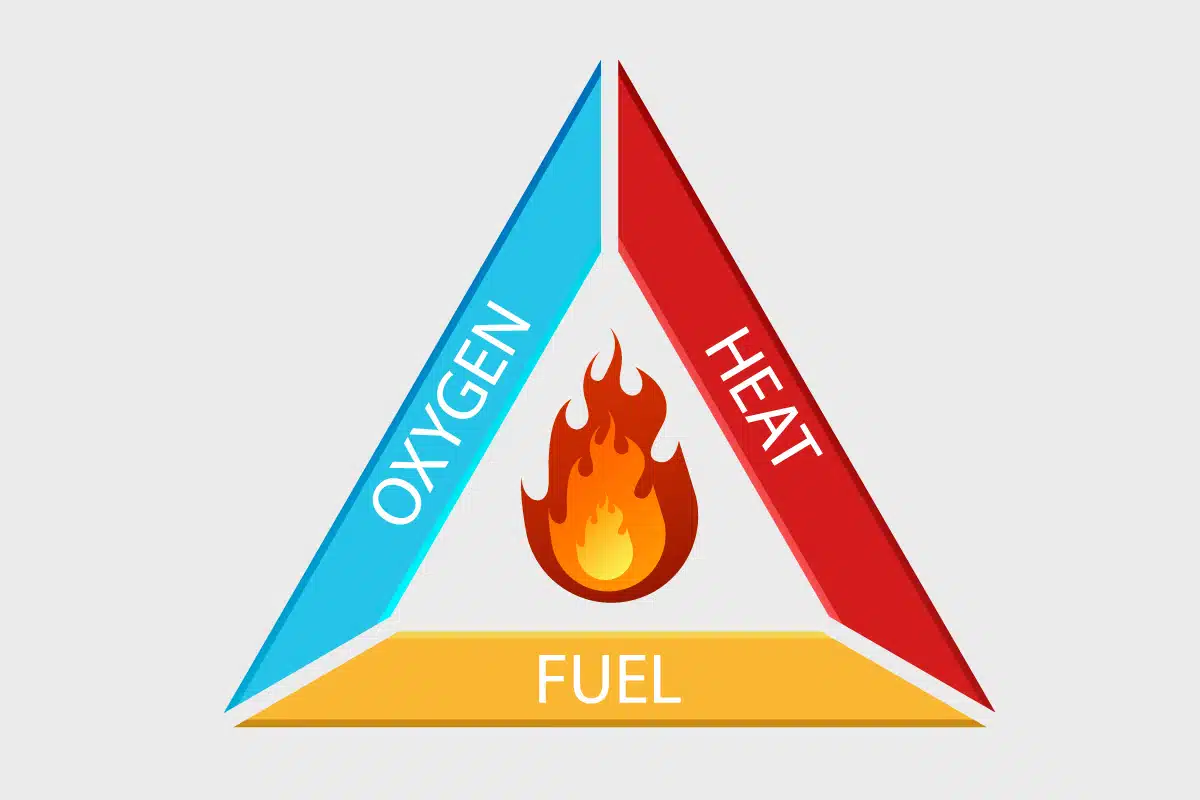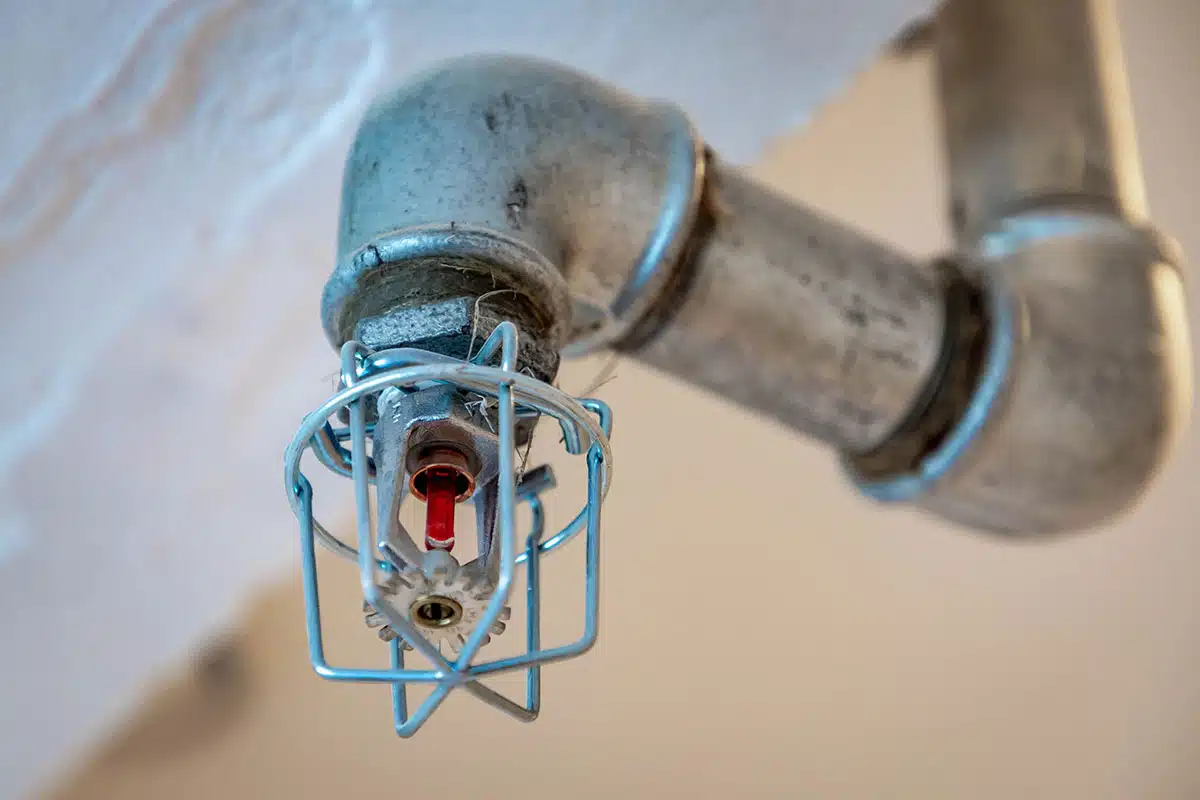Here are several top facilities management events for 2026 that facilities managers and their teams should be aware of.
Designed for HVAC, sustainability, and facilities management professionals, this conference is your chance to network with peers and explore solutions to pressing facilities management challenges like data center cooling, indoor air quality, and energy conservation. Learn more.
For property managers, owners, and investors, this technology conference is the place to go to discover the innovations—in AI, data integration, and green technology—that are driving growth in commercial and multifamily real estate. Learn more.
Bringing education, networking, and product discovery together in one dynamic event. Broad-based education for facilities professionals from every type of organization. Learn more.
IFMA’s Facility Fusion event offers TED-style talks, learning labs, and team-building exercises designed to help you discover your leadership style, learn how to communicate a vision others will follow, and successfully contribute to creating a top-performing organization. Learn more.
Billed as the largest show in facilities management, this conference is for multisite facilities management professionals seeking techniques and technologies to cope with challenges like extreme weather, fluctuating occupancy, and labor shortages. Learn more.
The premiere event for fire and life safety, this conference is a great way to stay up to date with the standards and codes regulating the design, construction, and operations of buildings and facilities. Discover new safety technologies and network with fellow facilities professionals. Learn more.
Network with your peers in the building operations, maintenance, real estate, and rental industries (among others). And get the latest on new building technologies, changing occupant expectations, decarbonization efforts, and hybrid work trends. Learn more.
Billed as the largest gathering of healthcare facilities professionals, this conference lets you connect with fellow professionals and hear from facilities experts about the latest techniques and technologies for advancing the safety of healthcare facilities. Learn more.
Learn how AI and other developments are reshaping the design and operations of healthcare facilities. Network with fellow professionals; and get expert advice on attracting reliable talent and managing crisis situations. Learn more.
BSCAI Contracting Success Conference 2026
Mandalay Bay Resort and Casino / Las Vegas, NV
November 17–19, 2026
BSCAI’s largest in-person event of the year, this conference offers multiple networking events and more than 20 educational sessions for professionals in the janitorial services industry.
Groundbreaking discussions on facility management and the environment. Workplace professionals come to discover innovative FM technologies, build valuable relationships, and sharpen skills. Learn more.
Northern California Facilities Expo 2026
Santa Clara Convention Center / San Jose, CA
Dates: TBD
This event offers networking and learning opportunities for facilities, maintenance, and energy managers in the high-tech manufacturing, education, utilities, biotechnology, government, hospitality, retail, healthcare, finance, and entertainment industries.
NFMT Remix 2026
Location: TBD
Dates: TBD
Get the latest on facilities management best practices from respected industry professionals, and learn how to optimize your operations with emerging technologies like AI. Discover new products and services, and network with your colleagues from across the country.
North Texas Facilities Expo
Irving Convention Center / Irving, TX
Dates: TBD
This event offers networking and learning opportunities for facilities, maintenance, and energy managers in the food processing, government, healthcare, manufacturing, education, winery, utilities, and other industries.



